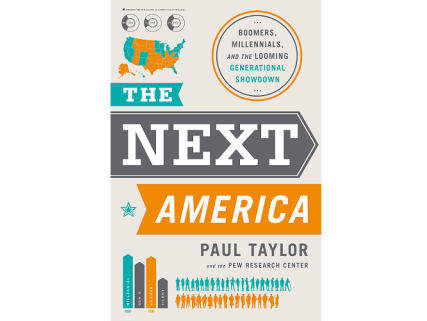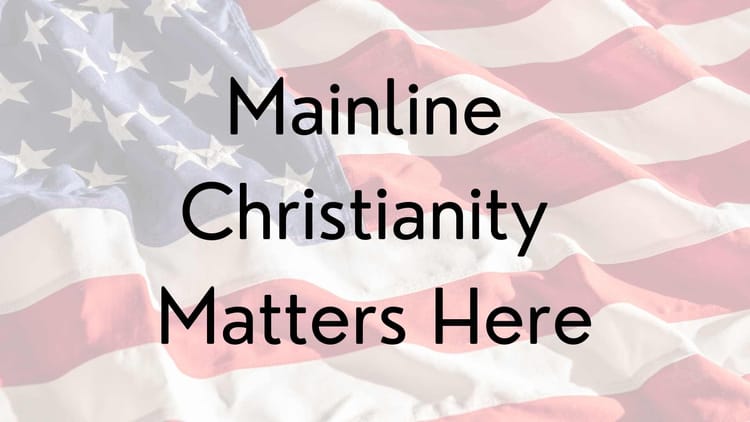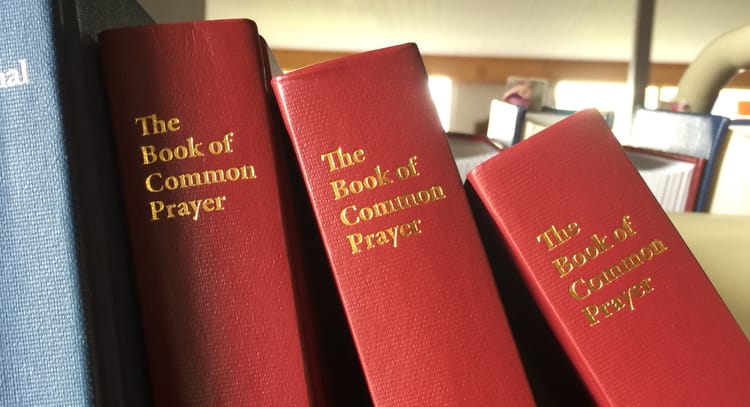Next America 12: Thank God for the Church’s Economy

This post is part of an ongoing series summarizing and reflecting on The Next America: Boomers, Millennials, and the Looming Generational Showdown from the perspective of an Episcopal priest.
Section Summary
Chapter 12 of The Next America: Boomers, Millennials, and the Looming Generational Showdown is titled “Empty Cradle, Gray World,” and focuses on the economics of aging societies. I confess I’d never thought about this before. Here’s the summary:
How do shifts in average age impact societies, and how do they happen?
- Younger societies have more energy, imagination and entrepreneurship than aging ones do.
- The key component in keeping a youthful average age is the fertility rate.
- The fertility rate has dropped globally, leading to a plateau in the number of children born.
How have demographic trends unfolded over the past century?
- At the beginning of the 1900’s, the world had high birthrates, high infant mortality, and short life expectancy. Now, because of improvements in medicine and public health, we have low birthrates, low infant mortality and long life expectancy.
- Between now and 2050, the UN estimates that the number of children under age 15 will grow by only 10%, while the population of those over 65 will grow by close to 300%.
Isn’t that a good thing because of concerns about overpopulation?
- Environmentally this is positive, but there are economic implications also.
- An aging population potentially reduces the share of the population that is in the prime of its working life.
- Demographers consider seniors and children “dependent” on the working-age population. Children depend on their parents, while seniors depend on social insurance, private pensions, and family transfers in addition to their own savings.
- Economists speak in terms of the “dependency ratio” which compares the number of working-age adults to younger and older dependents.
- The dependency ratio impacts a country’s economic health. A low dependency ratio can foster economic growth, as a country puts more energy into production work and less into caring work. A high dependency ratio can stifle growth, as a country puts resources into caring for elders.
So, how are dependency ratios changing?
- Relatively steady US birthrates mean that the child dependency ratio will be about the same in 2050 as it is now.
- The US old-age dependency ratio is projected to nearly double between 2010 and 2050 as a result of the aging of the Baby Boomer generation.
- Old-age dependency ratios are also expected to rise globally: in all regions but Africa the old-age dependency ratio will double between 2010 and 2050.
- Africa is the only region of the world where dependency ratios are expected to decline due to growth of the working-age population.
Hmmm, it sounds like there will be more older people around for longer. What do people think about this?
- Attitudes about older dependents vary according to country.
- When asked whether family, the government, or people themselves are responsible for their well-being in old age, US respondents largely say that people are responsible for themselves.
- This attitude means people are working longer in the US: almost 1 in 5 people over age 65 participates in the labor force.
Special note: The chapter closes with a story from Onagawa, Japan, which had to rebuild after the 2011 tsunami. Despite the fact that rural villages were in decline, and younger Japanese wanted to consolidate, the elders of those villages insisted that their ancestral villages be rebuilt as they were so that they could spend their last years there. Younger people were too respectful to challenge their elders, though they will pay for these choices for the rest of their lives. (The full story can be found here; I share it because it seems sadly relevant to the choices that some churches are making in the face of aging populations and declining numbers.)
Churchwork Reflections
Reading this chapter made me fully conscious that I never think about people as units of economic production. I don’t think of people in terms of their salary or how much the market values what they produce. I don’t think about young or old people as “economic dependents.” And this is because I work in the church.
The church is a gift economy in the midst of the market economy. It is entirely funded by people who support it as a sign of gratitude to God for their lives and resources. A church’s revenue often has little relationship to its effectiveness. Churches made up of immigrants may be very poor but spiritually alive, while churches with large budgets may be spiritually abusive (see the recent stories coming from Mars Hill Church in Seattle). Even more than you can’t judge a book by its cover, you can’t judge a church by its budget, building, or any of the other metrics that people tend to use to measure success. (And I say this as a person who loves data!)
The church is an upside-down economy too: those who are in their working years and contribute financially often depend on those who are not at work in the market economy. The people who do the work of the church tend to be those whom the wider society would consider “dependents.” Retired people often make the church their place of work, developing ministries that people in their younger years simply don’t have time to prioritize. The children of a church are often seen as prophets and leaders; a church will usually be glad to contribute to a community service project created by a child or a youth group.
The assumptions of the market economy just don’t work in the church. If you work in a church, you get used to people bringing in things for free and asking that they be given to someone in need. Or just giving money, trusting it will be used for good. Or giving countless hours of their time at no compensation to do the work of God. It’s all gift, because the church sees life itself as a gift from God, meant to be given in God’s service.
From Reflection to Action
I’ve been taking the gift economy for granted in the same way that most of the world takes the market economy for granted. But the gift economy reflects God’s economy in a way that the market economy never can. Norman Wirzba teaches that the most accurate metaphor for the world is a garden – despite the fact that contemporary society tends to see the world as a machine. The garden is the original gift economy, given to us by God for our keeping. That is where we truly live – which we forget at our peril.
I’m mostly packing boxes these days, and thinking about fall program, but in the background I’m also working on some projects that integrate faith formation and ecology. Nothing is ready for prime time, but writing this reflection has made me realize that if I’m coming up with something that needs funding, a serious look at pay-what-you-want pricing may be in order. It reflects the gift economy of the church, after all.
Friends, there is only one chapter left in the Next America book! See you back here next week for “The Reckoning.” (Doesn’t that sound ominous?)
What do you think about the church’s economy? Am I right in considering it an alternative gift economy? Why or why not?





Member discussion